Current Affairs 22 Sep 2023
Today’s News
Propelling India’s development the right way
(Current Affairs 22 Sep 2023 | Relevant for GS paper-3)

- ‘Aim for the moon’ is a byword for any venture marked by extreme ambition bordering on the foolhardy. When India started space research in the 1960s, many thought it was being reckless: a struggling, young nation sinking some of its limited resources in a highly uncertain enterprise.
- Even before the government set up the Indian Space Research Organization in 1969, the country was having a significant research programme in space science.
- It was then coordinated by the Department of Atomic Energy, which itself had been founded in the early 1950s. These were certainly not isolated initiatives. Between 1951 and 1961, India established five Indian Institutes of Technology, which in no time grew into globally respected academic centres.
- The first two Indian Institutes of Management were inaugurated in 1961. During the two decades of the 1950s and 1960s, a number of public sector units were established in diverse areas of industrial production that included steel, fertilizer, machine tools, electric machinery, drug production, and petrochemicals.
- Taken together, these public investments show that India was determined to become a serious player in advanced technologies of the time despite the multifold challenges facing the young nation. New technologies, it was believed, would quicken the pace of development of the country, which had suffered from two centuries of colonialism.
- The momentous steps India had taken in the decades immediately after Independence may be characterised as a ‘moonshot’ approach to development — deploying modern industrialisation to shake off the ills of the past.
- However, India’s moonshot development strategy was only partially successful. It has also been the subject of much criticism from certain quarters, over the years.
- One was for its heavy reliance on public investment.
- Two, the investments were being ‘misdirected’, according to some economists. Being a labour surplus country, they argue, India should have stuck to its comparative advantages in labour intensive industries, such as garments or footwear, rather than squandering the country’s scarce savings in capital and technology intensive industries.
- But the time needed for a new technology to come to fruition is too long, and the initial effort required is too steep, that it is unlikely to expect a private player to lead the moves to acquire it.
- A key factor behind the programme’s eventual success has been public funding, which did not waver for lack of shortterm commercial viability.
- It is precisely because of the ‘public good’ nature of technologies that public sector support becomes crucial for developing them. Needless to say, the Internet emerged from a research programme funded by the United States government, with military objectives, in the late 1950s.
- In India, the technological capabilities built through state support provided the base for the flourishing of private enterprise in many sectors, including pharmaceuticals, information technology, and the space sector too (more of it likely in the years ahead).
- The lacklustre record for India’s development strategy then was not on account of the government doing too much in the area of technology building.
- But, on the contrary, it was because the state or the government could not intervene effectively to reduce inequalities or ensure social development. Independent India did not implement a successful programme of land redistribution.
- For the downtrodden, disadvantages due to the lack of assets translate into hurdles in acquiring education, given that India has consistently underinvested in basic education for the masses.
- In 2021-22, 38.2% of all SC workers were ‘casual’, earning their livelihoods mostly out of hard manual labour; the corresponding proportion was 11.2% for workers belonging to the (‘other’) general category castes (Periodic Labour Force Survey data).
- Looking forward, we need to have a clear recognition of what went wrong, and where we got it right, with the ambitious development strategy India launched immediately after Independence.
- The audacious attempt to build technological and industrial capabilities with generous state support was the correct thing to do. The country must reinstate such efforts if it has to stand a chance in fast growing economic fields, be it semiconductors or biotechnology. After 1991, India abandoned planning for industrial growth assuming, mistakenly, that there is no role for industrial policy in a globalised economy.
- India’s mission to use technology to propel itself to a higher level of development is half won.
Silent killer: India must get more people
to keep blood pressure under control
(Current Affairs 22 Sep 2023 | Relevant for GS paper-2)
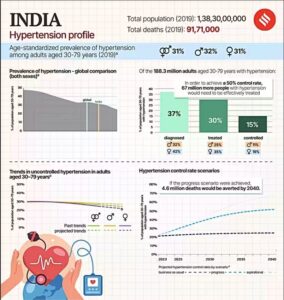
- Globally, hypertension affects one in three individuals and four out of five do not have it adequately controlled, according to the first World Health Organization (WHO) report on hypertension released on September 19.
- Uncontrolled blood pressure (over 140/90) is a main risk factor for cardiovascular diseases such as heart attacks and stroke, and the most common cause of disease and death.
- It is important to note that health risks associated with hypertension do not begin at over 140/90. Instead, they operate in a continuum even below what is classified as clinical hypertension, especially in people who are diabetic, are obese, and those who consume tobacco and alcohol.
- Hence, reports on hypertension levels in the population underestimate the cumulative risk of high blood pressure. In the WHO report that relies on 2019 data, 188 million Indians adults aged 3079 years have hypertension.
- Based on sketchy data from parts of India, stroke incidence was found to be 108172 per 1,00,000 people per year and the one month case fatality rate was 18%42%, as per a February 2022 study. In the Global Burden of Disease report, in 2019, heart attack was the leading cause of death and disability in India.
- Studies have shown that excess salt consumption (over five grams a day) is responsible for 17% 30% of hypertension. While member States are required to achieve a 30% relative reduction in mean population intake of salt by 2025, India is yet to implement many components of WHO’s prescription to cut down salt intake.
- A study in four Indian States published in 2021 found high salt and sugar content in packaged food items. Making front of pack nutrition labelling mandatory, encouraging reformulation of foods to cut down salt, and raising awareness in people to reduce salt intake should be urgently undertaken.
- Importantly, 48% of patients enrolled at primary health centres and 55% at health wellness centres achieved blood pressure control as of March 2021. It is now important to greatly increase the number of hypertensive people on treatment and keep blood pressure under control.
Tracking India’s growth trajectory
(Current Affairs 22 Sep 2023 |Relevant for GS paper-3)
- The conventional way to assess a country’s economic situation is to look at the quarterly (three month) and annual (12month) GDP (gross domestic product) growth rate and compare it to previous quarters as well as years.
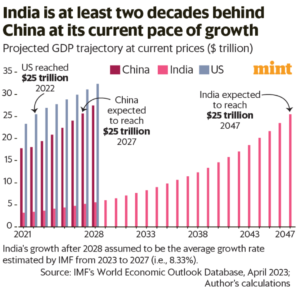
- In the quarterly release of GDP figures by the NSO (National Statistical Office), the country’s performance is likened to reviewing a report card of its economic performance. However, a critical difference between reviewing a report card and India’s economic figures is that the latter tells a far more nuanced story.
- The Q1 data covering the GDP growth rate from April to June of FY24 boasts a nominal growth rate of 8% and a real growth rate of 7.8%.
- The growth story currently posits that the numbers reflect an uptick in the agriculture sector growing at 3.5%, unlikely to be sustained due to pressure from the El Niño phenomenon, and the services industry, with financial, real estate and professional services growing at 12.2%.
- The first factor to consider is that calculating the GDP growth rate involves many complex statistical choices and sophisticated statistical operations.
- One such decision the NSO made while conducting their research was to use the income approach of calculating GDP rather than the expenditure approach. The income approach involves summing up all national incomes from the factors of production and accounting for other elements such as taxes, depreciation, and net foreign factor income.
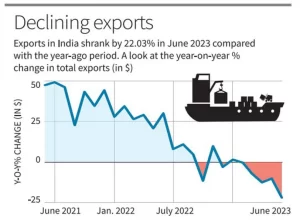
- The assumption generally is that both methods lead to similar results.
- The expenditure approach dictates headline growth to be 4.5% rather than 7.8% which is a large discrepancy. Moreover, another essential statistical operation is the adjusting for inflation using the price deflator.
- Typically, the deflator is meant to adjust growth figures when they are overstated by inflation. In this case, deflation due to falling commodity prices, reflected in the wholesale price index, has worked to overstate the real growth.
- Additionally, one must consider whether the proposed, supposedly cooled, inflation rate calculated through the consumer price index can be sustained at current levels with the impending depreciation of the Indian rupee against the dollar due to capital outflow pressures resulting from the RBI’s reluctance to raise interest rates.
- India is a net importer, and its most significant import consists of crude petroleum, whose price seems to be rising due to Saudi’s $100 per barrel push and rupee depreciation.
- Moreover, the government’s tax revenue from direct taxes has weakened over the previous quarter while the indirect tax revenue remained strong, indicating a Kshaped pattern. The income streams from progressive taxation (more significant tax burden on those higher on the income ladder) seem to be a laggard compared to its regressive counterpart.
- In conclusion, after a meticulous analysis of India’s Q1 FY24 economic transcript, it becomes palpable that the reported growth narrative might be somewhat over embellished.
- The divergence in growth figures brought forth by the income and expenditure approaches manifest a significant disparity, raising fundamental questions about the veracity of the promulgated optimistic narrative.
- Additionally, the apprehensive outlook on the agriculture sector and potential fiscal constraints paint an arguably more restrained picture than initially portrayed.
- Therefore, it seems prudent to assert that India’s economic performance, although showing signs of resilience, does not quite emerge as the unequivocal success story depicted in initial observations, urging a more nuanced and critical approach in assessing the trajectory ahead.
Truenat Test to Detect Nipah
(Current Affairs 22 Sep 2023 |Relevant for Prelims)
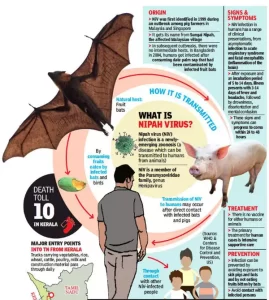
- Kerala has been accorded sanction by the Indian Council for Medical Research (ICMR) to use Truenat test to diagnose Nipah.
- Truenat test uses a portable, smart chip-based, battery-operated RT-PCR (Reverse Transcriptase-Polymerase Chain reaction) kit to detect the presence of the virus in a sample.
- Truenat is the first kit in India to receive Emergency Use Authorization (EUA) by the Drug Controller General of India (DCGI) for conducting Nipah virus tests.
- Truenat can be used in hospitals that have level 2 biosafety facilities, where there are certain strict protocols in place to prevent contamination of samples. Truenat can help conduct tests faster, detect if there is an outbreak, and set preventive measures faster.
Paryushan Parv, A jain Festival
(Current Affairs 22 Sep 2023 |Relevant for Prelims)
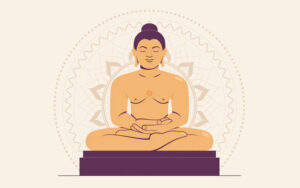
- Paryushan 2023, a significant festival for the Jain community. It is a time for spiritual growth, with fasting, meditation, and purification rituals. Devotees attend speeches, practice non-violence, and seek forgiveness for their sins.
- The festival is believed to have originated in the 6th century BC when the Jain teacher Mahavira taught his followers to abstain from violence and to focus on spiritual purity.
- For both Shvetambara, who observe the ritual over eight days, and Digambars, for whom the festival lasts 10 days, this is a time for introspection, reflection and purification. It takes place in the middle of the rainy season.
- They also do svadhyaya, self-study. Paryushan makes one stay close to one’s soul, reflect on one’s shortcomings, seek punishment for wrong-doings and vow to minimize one’s mistakes.
Related Blogs…
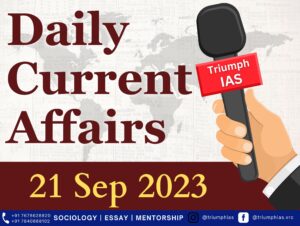 |
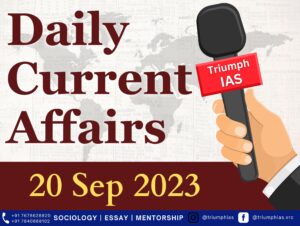 |
GS Related Practices Question…
To master these intricacies and fare well in the Sociology Optional Syllabus, aspiring sociologists might benefit from guidance by the Best Sociology Optional Teacher and participation in the Best Sociology Optional Coaching. These avenues provide comprehensive assistance, ensuring a solid understanding of sociology’s diverse methodologies and techniques.
Current affairs 22 September 2023, Current affairs 21 September 2023,Today news, Today news GS, Today news upsc, Today news and views, Today news 2023, Today news Current affairs September 2023, Current affairs news, Current affairs book pdf, Current affairs best blog, Current affairs for UPSC, Current affairs 2023, Current affairs contact, Current affairs book, Current affairs program meaning

Choose The Best Sociology Optional Teacher for IAS Preparation?
At the beginning of the journey for Civil Services Examination preparation, many students face a pivotal decision – selecting their optional subject. Questions such as “which optional subject is the best?” and “which optional subject is the most scoring?” frequently come to mind. Choosing the right optional subject, like choosing the best sociology optional teacher, is a subjective yet vital step that requires a thoughtful decision based on facts. A misstep in this crucial decision can indeed prove disastrous.
Ever since the exam pattern was revamped in 2013, the UPSC has eliminated the need for a second optional subject. Now, candidates have to choose only one optional subject for the UPSC Mains, which has two papers of 250 marks each. One of the compelling choices for many has been the sociology optional. However, it’s strongly advised to decide on your optional subject for mains well ahead of time to get sufficient time to complete the syllabus. After all, most students score similarly in General Studies Papers; it’s the score in the optional subject & essay that contributes significantly to the final selection.
“A sound strategy does not rely solely on the popular
Opinion of toppers or famous YouTubers cum teachers.”
It requires understanding one’s ability, interest, and the relevance of the subject, not just for the exam but also for life in general. Hence, when selecting the best sociology teacher, one must consider the usefulness of sociology optional coaching in General Studies, Essay, and Personality Test.
The choice of the optional subject should be based on objective criteria, such as the nature, scope, and size of the syllabus, uniformity and stability in the question pattern, relevance of the syllabic content in daily life in society, and the availability of study material and guidance. For example, choosing the best sociology optional coaching can ensure access to top-quality study materials and experienced teachers. Always remember, the approach of the UPSC optional subject differs from your academic studies of subjects. Therefore, before settling for sociology optional, you need to analyze the syllabus, previous years’ pattern, subject requirements (be it ideal, visionary, numerical, conceptual theoretical), and your comfort level with the subject.
This decision marks a critical point in your UPSC – CSE journey, potentially determining your success in a career in IAS/Civil Services. Therefore, it’s crucial to choose wisely, whether it’s the optional subject or the best sociology optional teacher. Always base your decision on accurate facts, and never let your emotional biases guide your choices. After all, the search for the best sociology optional coaching is about finding the perfect fit for your unique academic needs and aspirations.
To master these intricacies and fare well in the Sociology Optional Syllabus, aspiring sociologists might benefit from guidance by the Best Sociology Optional Teacher and participation in the Best Sociology Optional Coaching. These avenues provide comprehensive assistance, ensuring a solid understanding of sociology’s diverse methodologies and techniques. Sociology, Social theory, Best Sociology Optional Teacher, Best Sociology Optional Coaching, Sociology Optional Syllabus.
Best Sociology Optional Teacher, Sociology Syllabus, Sociology Optional, Sociology Optional Coaching, Best Sociology Optional Coaching, Best Sociology Teacher, Sociology Course, Sociology Teacher, Sociology Foundation, Sociology Foundation Course, Sociology Optional UPSC, Sociology for IAS,
Follow us :
🔎 https://www.instagram.com/triumphias
🔎https://www.youtube.com/c/TriumphIAS
https://t.me/VikashRanjanSociology
Find More Blogs
|
Scope of the subject and comparison with other social sciences |
|||
|
|
|
|
Modernity and social changes in Europe |

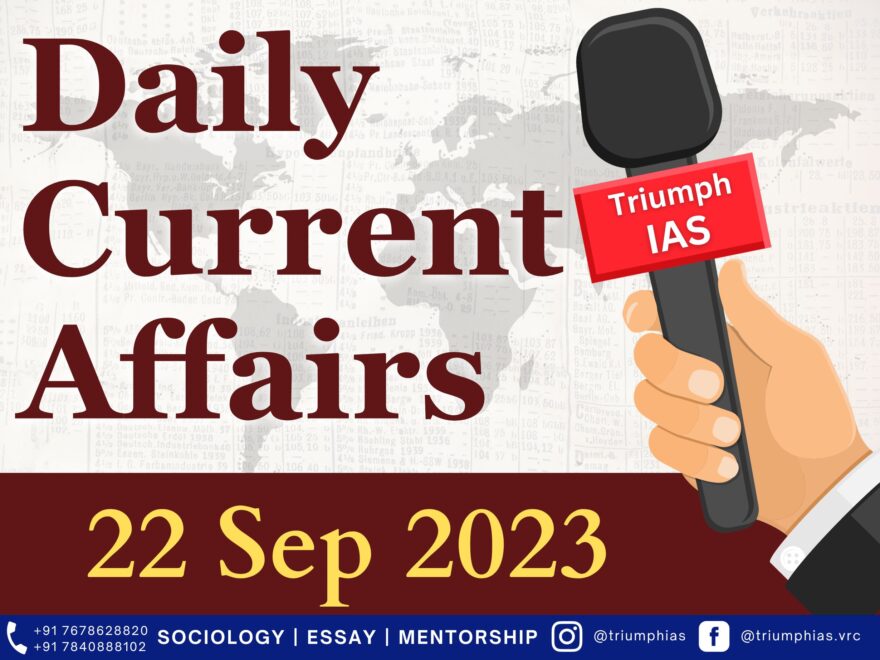
One comment